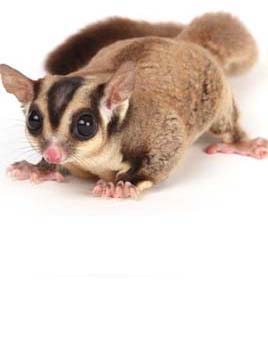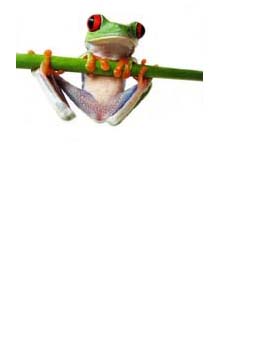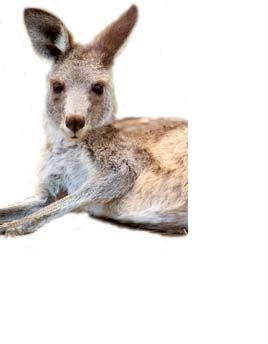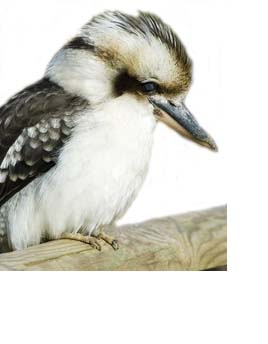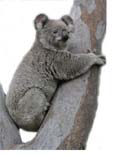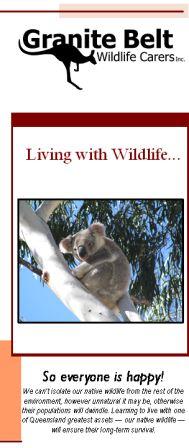|
What's happening this season? |
||
|
Some of Queensland's exquisite wildlife have adapted to life in a wide range of natural and human environments. Many Queenslanders are lucky enough to have close encounters in their own backyards with these remarkable animals.
There are some helpful hints on these web pages so that you and your furry, feathered and scaly friends can live harmoniously together.
Encouraging Wildlife |
|
|
|
There are many things landholders can do to encourage wildlife into your environment, but to do so successfully, you need to offer similar conditions to the animal's natural habitat:
Firstly, be aware of what species occur on your property. This can be done by documenting the animal and bird species you actually observe on your property or by surveying your property for evidence of animal activity including droppings, scratchings, burrows, etc and learning which animal leaves which kind of evidence. Some wildlife carers or members of the NPWS are available to survey your property with you to assist you in developing a bird and fauna list.
Secondly, become aware of the habitat ranges or home ranges for the animals on your fauna list. This will assist you in the identification of injured animals in and around your community and assist wildlife carers in finding appropriate release sites for rehabilitated animals.
|
||
|
Thirdly, make your property wildlife friendly by: |
||
|
retaining hollow trees and logs for animals and birds to nest and make their home in, allowing leaf litter, branches and fallen logs to accumulate to provide safe hidey holes for reptiles, etc, creating wildlife corridors between forested areas so that animals can move between forested areas in a safe manner, protecting roadside remnant vegetation as these are sometimes the only links connecting forested areas between properties, regenerating with existing plant species so that the animals' food source is sustained, creating a wildlife island in dams and vegetate stream banks so that frogs and other aquatic animals have a safe refuge away from stock and other threats, managing fire appropriately taking into account the fire management strategy appropriate for your vegetation type, fuel loads and fire management support in your area, fencing off stock from areas of natural habitat so that they don't trample natural vegetation and create tracks which can erode the landscape, implementing wildlife friendly fencing or regularly monitor barbed wire fences for trapped wildlife, and actively eliminating feral animals and pests, which does include the domestic moggy.
For more information, please click on the image at right to download our Living with Wildlife Brochure.
And lastly, support your local wildlife carers by either becoming a carer, or a support member if you can't actively care for animals. Otherwise you can support fundraising activities your local carers may run, or lend them your skills if you can make possum or nesting boxes, or sew up pouches for joeys, create something that can be donated for a raffle, etc.
|
||
|
Your property may be just the right natural environment to release animals that have been in care.
We can't isolate our native wildlife from the rest of the environment, however unnatural it may be, otherwise their populations will dwindle. Learning to live with one of Queensland's greatest assets - our native wildlife - will ensure their long-term survival. |
||

